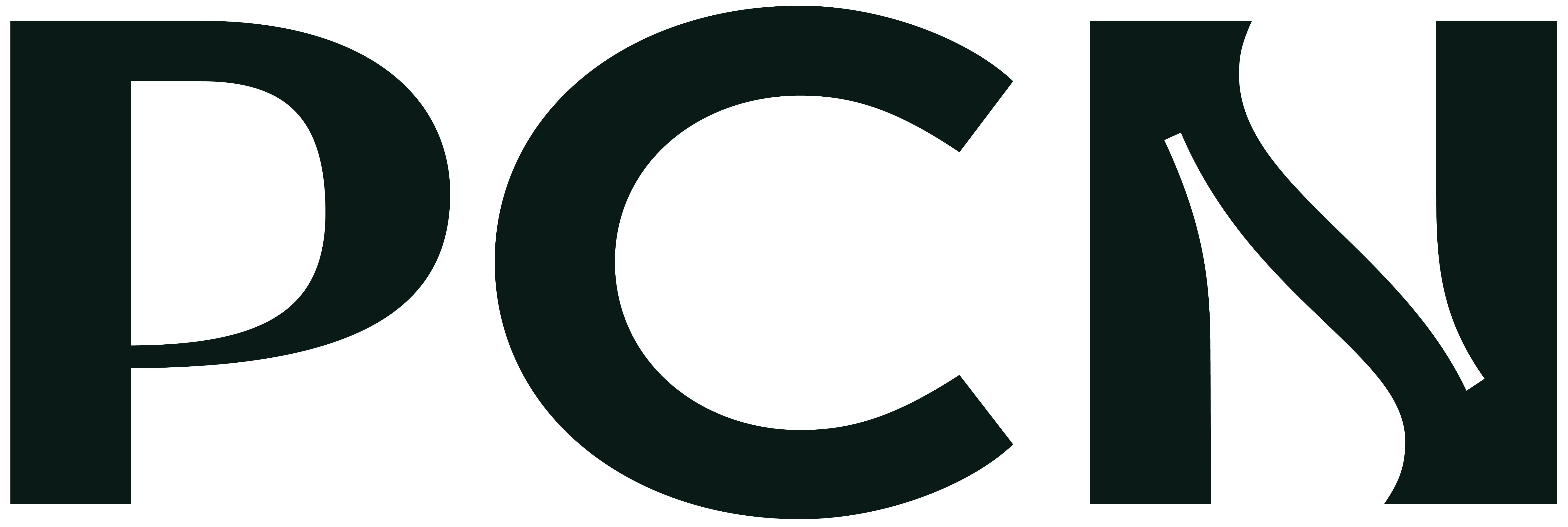Europe should use new financial technologies to counteract the capital markets fragmentation trend that has been further aggravated by Brexit and the COVID-19 pandemic.
As the European Union is approaching the Brexit endgame, the risk of further fragmentation is looming over its already fractured capital markets. The future composition of Europe is not the only force at play. Regulatory divergence, reignition of a trade war between the United States and China, the EU’s intended response to the situation in Hong Kong, the reassertion of national sovereignty in Europe’s separatist regions, declining trust in financial institutions or the backlash against globalization are all alive and kicking.
At a high level, the challenges to uniting capital markets are political. At a technical level, there is a case for taking advantage of recent developments in the fintech industry to resolve issues of transparency, legal certainty, general distrust in capital markets, liquidity, trade processing and more. While innovative technologies already changed the face of retail banking, capital markets have been failing to keep pace.
This delay is especially visible across the EU, where the failure of the capital market to fulfill its potential is best reflected in its parsimonious contribution to European companies’ funding. As it is, banks currently provide over 80% of funding. Creating an environment in which digital financial products are more likely to emerge could extend the range of financing possibilities for companies.
New Capital-Raising Opportunities
One of the technological advancements that could introduce new capital-raising opportunities in capital markets is distributed ledger technology (DLT). DLT harnesses the power of database technology and cryptography to create a digital ledger in which every member can supplement the stored data and keep their own copy of it, making the ledger distributed in effect. The copies remain identical by adhering to the same consensus rules rather than trusting the third party to maintain their consistency. The objective is to create a single version of the truth used by all participants.
One of the most widely used DLT is blockchain. The fintech industry uses the terms “blockchain” and “distributed ledger” interchangeably, although one is a subcategory of the other. Blockchain is a type of DLT where blocks of data are connected via data identifiers, which start with an immutable cryptographic signature called a hash. Each new block contains the hash of the previous block, virtually chaining them together. There are different forms of DLT besides blockchain (DAG, Hashgraph, Holochain, Radix), but for this report, it is assumed that distributed ledgers implemented in capital markets will be variations of the blockchain concept.
Technological advancements such as blockchain and cryptography are usually associated with crypto assets (Bitcoin, Ethereum, etc.) as they constitute the backbone of these assets. As such, they serve as a working demonstration of the blockchain-based settlement system. Thanks to blockchain, these digital bearer instruments have the following transactional settlement features:
Near real-time: The ability to agree on updates and the ledger’s current state using transparent real-time data enables immediate settlement.
On a gross basis: When trade occurs, the seller and buyer exchange value on a one-to-one basis.
Physically settled: Transactions are settled in the actual crypto-asset native to the network.
Peer to peer: Only two parties are involved in the settlement. Simultaneously delivers the asset and payment to both trading parties.
The current capital markets settlement network is a different beast. Before the internet enabled money to be transferred, stocks were represented by paper certificates, and trading them required several days to complete the exchange. To provide enough time for both trading parties to exchange the assets physically, settlement periods were established. This archaic arrangement forms the bedrock of the current capital market settlement design:
Delayed: The system is purposefully delayed allowing the intermediaries to settle with each other.
On a net basis: Intermediaries accumulate unsettled credits and debits, and then settle by exchanging only the difference, usually after markets close.
Allowing unsettled trades: Most securities transactions are settled two days after the trade. For example, a customer who sold stock A for $1,000 on Monday can use the unsettled funds from the trade to buy stock B for $1,000 euros on Tuesday. They must then hold on to the stock B until the proceeds from stock A sale settle on Wednesday.
Layers of intermediaries: Middlemen are needed to navigate trades, such as Central Securities Depository, Central Counterparty Clearing House, custodians, broker-dealers, etc.
Settlement Methods
Settlement methods are closely tied to ownership schemes. Unsurprisingly, as the crypto assets settlement system is fundamentally different from the legacy one, so is its ownership structure. Blockchain data are publicly distributed and shared so the entire network of users can easily keep track of their crypto assets’ ownership based on:
Single Ledger: Everyone sees the same data and updates are quickly circulated (with every new block in blockchain) across the network, achieving cost efficiency in reporting, reconciliation and data storage.
Direct Ownership: Owners use software or hardware wallets to store their assets under direct ownership. Unlike in legacy systems, there’s no difference between the registered owner and the true owner. As crypto assets are tied to specific addresses, the owners can trust that the records are accurate and permanent.
Individual accounts: These are segregated accounts for every user on the network, resulting in transparent and verifiable ownership. Only assets native to the system can be stored in accounts.
Counterparty risk: In a peer-to-peer architecture, users bear all the responsibility for their funds, hence the risk to the counterparty is non-existent (if users are transacting directly and not through third parties such as exchange, escrow or custodian).
Rarely does a system retire in the capital markets environment. Instead, new systems are layered on top of the old ones, creating what is best described as an obscure labyrinth of brokers and financial institutions, each using their own technology stack, adding complexity and inflexibility to the overall network. The architecture is so complex that regulators are forced to allow the so-called failures to deliver to occur daily. Third parties can compare the cost of delivering versus the penalties for failing and choose the cheapest option. The capital markets ownership scheme uses intricate processes to offset the risks and costs tied to its ineffective transaction settlement:
Asynchronous Ledgers: Current settlement methods in the legacy system need data enrichment (to synchronize trade info with settlement info) and reconciliations in multiple ledgers to determine transaction finality.
Indirect ownership: Ownership through some other entity (beneficial ownership). If a customer owns a stock of company A, what they hold is an entry in the broker’s database. Subsequently, the broker has an entry in the Central Counterparty database — the CCP, an intermediary protecting both parties in trade — and the CCP has an entry in the company A database of shareholders. If a customer decided to sell the stock, the broker takes it out of their account, the CCP takes it out of the broker’s account and adds it to the buyer’s broker account, who then adds it to the buyer’s account. Due to delayed settlement, the registered owner and the true owner often differ.
Omnibus accounts: Netting is a driving force behind pooling different securities for different clients in these accounts. While achieving cost efficiency, the opaque and commingled nature of omnibus accounts causes regulatory and compliance drawbacks.
Counterparty risk:Clients share risks with fellow clients in omnibus accounts and risk of broker defaulting after taking their money but before delivering their stocks due to netting. These risks are mitigated through additional third parties and locked capital, adding friction and complexity.
Deregulating Liquidity
A large percentage of development and maintenance of legacy technology is focused on meeting the regulatory requirements, draining resources that could have been used to invest in new technology such as blockchain. Compliance with regulation forces businesses to generate, accumulate, update, track and report large quantities of data, limiting the opportunities for genuine innovation that could provide new revenue streams and increase market efficiency. Having a single distributed ledger as a base layer to resolve transaction and ownership finality could significantly decrease regulatory scrutiny and complexity as both present a costly barrier to entry.
Broker-dealers have regulatory obligations to maintain a cash reserve equal in value to the net cash owed to their customers (amounting to billions for prominent companies), serving as a cover if they fail to fulfill their side of the transaction. The option to convert cash and securities into a digital form represented on the same or interoperable blockchain would remove this liquidity constraint altogether since assets could then be swapped in real time in an automated process without a need for any intermediaries.
Furthermore, merging the asset and payment infrastructures would decrease the counterparty risks and provide more transparency. Projects like Tether, USD coin, Gemini Dollar and many more are already providing digitized representation of the dollar (1:1 peg to the US dollar ) on blockchain. One of these digital dollars projects, Paxos, a New York-regulated financial institution, already launched a settlement service in cooperation with Credit Suisse and Instinet.
Nevertheless, new regulatory principles are necessary before blockchain can become a working component in the capital markets infrastructure. Since crypto-assets like Bitcoin use public blockchains where anybody can participate, the records are irrevocable once entered into the ledger. This serves as a built-in security feature of public blockchains, which are decentralized, meaning that no single authority has the ability to temper the records.
This design implies that code is law, leaving no room to dispute the outcome. Regulators can’t enforce any compliance and are made redundant. The market solution to introduce responsible parties that are capable of lawful intervention are so-called private blockchains. In private blockchains, participants require permission to join the network. In this way, private blockchains establish access control and allow specific actions to be performed only by selected participants enabling a change in ownership to be enforced. Nowadays, platforms like Nasdaq’s Market Services Platform, Securitize, Seccurency, Tokensfot and others utilize private blockchains to cover issuance, management and institutional trading of digital assets.
Developments in the private sector indicate that blockchain could be the structural change the markets are looking for. Policymakers across the EU should follow suit and use the momentum created by the current crisis to enable these changes with favorable regulation and try to incorporate existing solutions to encourage the innovation of capital markets. Europe should seize on new technologies to counteract capital markets fragmentation — a trend that has been further aggravated by Brexit and the COVID-19 pandemic as financing needs have suddenly risen exponentially for various economic actors, including businesses households and sovereigns.
Distributed ledger technology could offer benefits throughout assets lifecycle, challenging meaning and significance of existing hierarchies present in various custody and security servicing arrangements to address interoperability, trust and transparency issues in fragmented market structure.
Source: Juraj Somora for the Fair Observer
Check out our other articles here.

